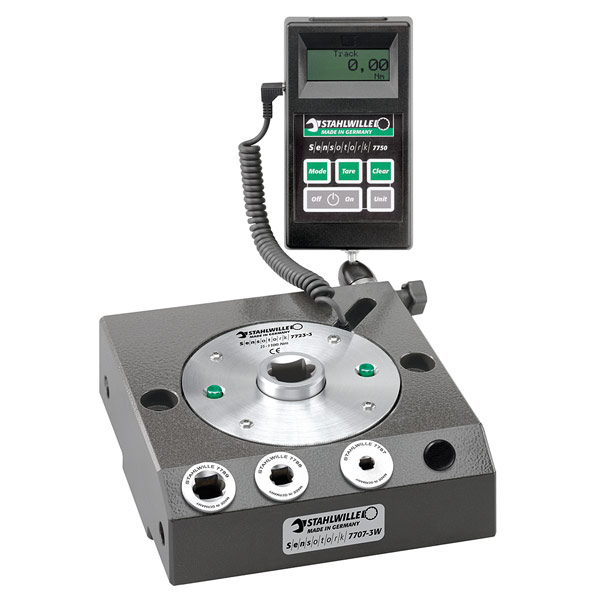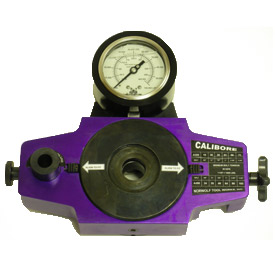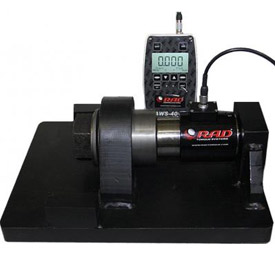Good quality tools should remain in calibration for a year or more.
However, with regular use, your torque tools will fall out of calibration.
That doesn’ t mean they’re poor quality or your technicians are doing the job wrong – it’s just the nature of the tool.
However, if you continue using a tool as it’s calibration goes further and further off, your process or product won’t match up to the required standards
The best way—really, the only way—to be certain your torque tools are in alignment is to test them, regularly.
How regular is regular?
If you had to calibrate your torque tools every day, you’d waste a lot of time calibrating tools. Efficiency would go down the drain.
ISO standards require a calibration and certification once a year.
Shorter intervals (less than a year) depends on the frequency of use of the tool, and the allowable deviation from target torque specification (how accurate the tool must be). It is the manufacturers’ decision, based on their quality target, of what the calibration interval should be.
It’s best to test the calibration of your torque tools every six to twelve months.
A schedule like this won’t impede productivity but ensures your tools are calibrated often enough to maintain quality control.
Depending on the tool, that timeline can be a bit longer or a bit shorter (if you buy from us, we’ll let you know a good calibration schedule for your specific tools
While these general rules are useful as guidelines, your application’s specific calibration intervals depend on:
- The precision you need.
- The exact tools in use.
- The fasteners in your application.
- The legal requirements in your industry.
Give us a call to talk about your tools, industry and application – we can help identify the most appropriate calibration schedule.
Test and calibrate your torque tools
Calibration of torque tools must be done with a certified transducer, which in turn must be dead weight calibrated every twelve months.
Calibration Testing doesn’t have to be a hassle.
There are two ways to effectively run a testing regimen:
- Send your tools to a certified laboratory (like ours).
- Test yourself.
The advantage of this simple test, is that it will isolate a group of fasteners that have been torqued between tests of the tool.
If a torque tool is tested, and is not in spec, it is necessary to re-torque only the isolated fasteners
Smaller operations send tools to a certified laboratory for the convenience. In this scenario, you keep an inventory of tools and workers remove tools from service at the specified interval.
Tools are packaged and shipped to the service center for testing and, calibration if necessary.
By using a lab, companies avoid the need to buy and maintain testing and calibration equipment, and never have to divert personnel resources to testing, calibrating and documenting the process.
Which makes sense for your business?
To ensure the tools are in calibration, many companies do a the simple test discussed above.
Every torque tool operator needs a plan to keep tools calibrated and reduce downtime for recalibration as much as possible.
That means tool testing at regular intervals by sending tools to a certified lab or testing in-house. However it’s done, it takes regular and consistent attention to keep your tools in alignment so the quality of work is consistent and verifiable across your application.
Large operations with many torque tools usually rely on in-house torque testers to detect and analyze the output of their tools.
When tools are out of alignment, they use calibration equipment to return them to proper working order.
Testing in-house dramatically increases calibration turnaround time, making the investment in calibration equipment smart for larger operations.






